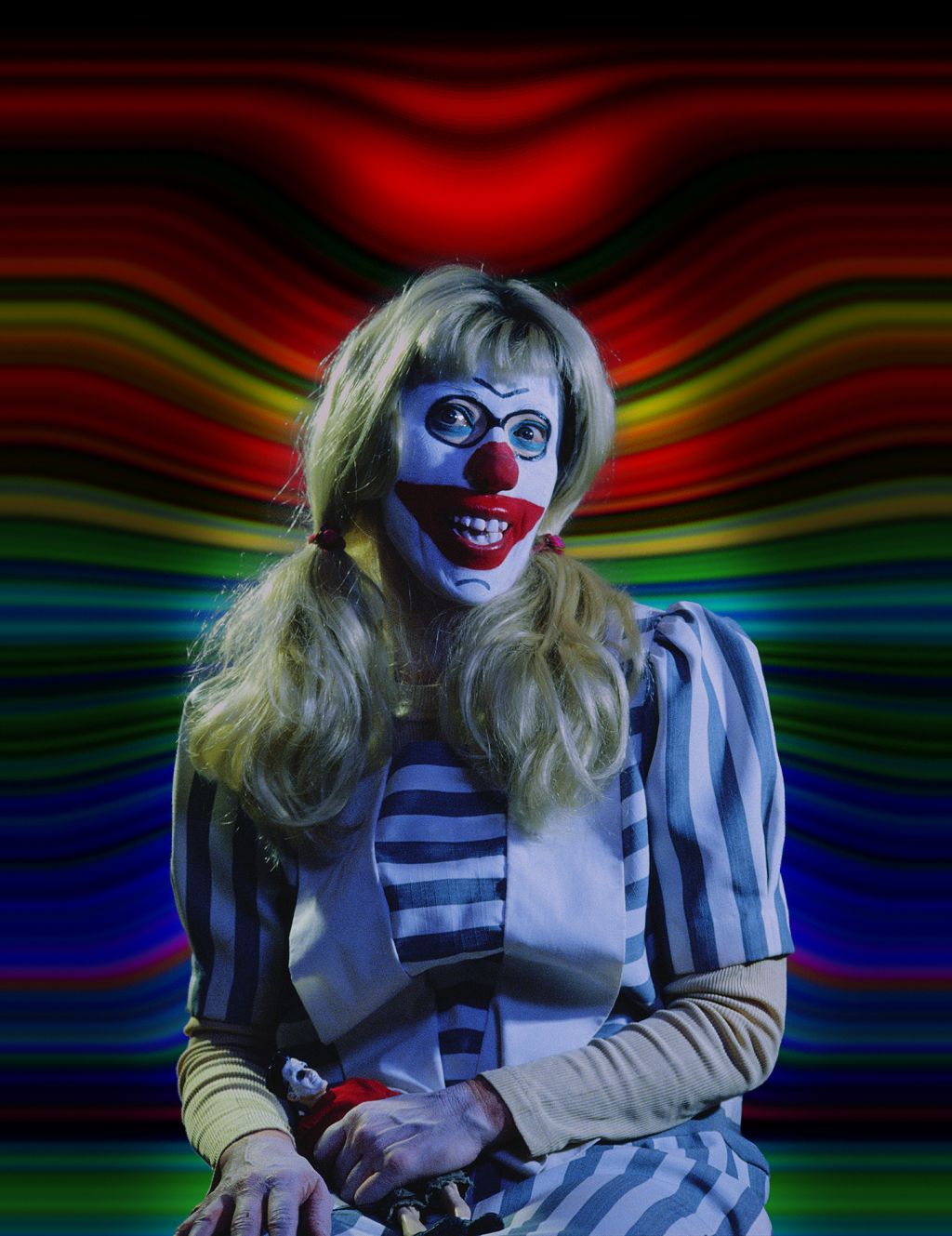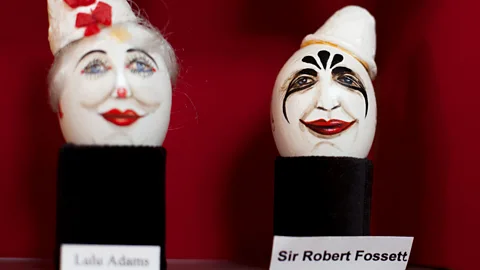All Occasion Performers Can Be Fun For Anyone
All Occasion Performers Can Be Fun For Anyone
Blog Article
Not known Factual Statements About All Occasion Performers
Table of ContentsAbout All Occasion PerformersWhat Does All Occasion Performers Mean?Some Ideas on All Occasion Performers You Need To KnowAll Occasion Performers Can Be Fun For Anyone6 Easy Facts About All Occasion Performers Described
He specialized in pigs and burros, which he educated and marketed to other clowns. He likewise presented an act with a trained rhinoceros and is the only individual in circus history to present a tightrope walking elephant.He was also a benefactor who offered kindly to lots of charities and he erected the very first monolith to soldiers killed throughout the Civil Battle - Face painters near me. Origins of the Auguste characterThere is a commonly told tale regarding the beginnings of the Auguste clown. According to the legend, an American acrobat called Tom Belling was doing with a circus in Germany in 1869
Belling took off running, ending up in the circus sector where he dropped over the ringcurb. In his embarrassment and haste to leave, he fell over the ringcurb once again on his way out. The supervisor commanded that Belling continue showing up as the Auguste.
All Occasion Performers Fundamentals Explained
For one point, the word Auguste did not exist in the German language up until after the character came to be preferred. One of the concepts of the real origin is that Belling duplicated the personality from the R'izhii (Red Haired) clowns he saw when he explored Russia with a circus (https://peatix.com/user/22655703/view). Personalities like the auguste certainly existed formerly

The dancing later came to be understood as tap dancing. It must be noted that there are alternating 'beginnings' for the vagrant character"among which was the traveling "hoe kids," or travelling farm workers, who rode the rails from one town to an additional, cleaning the residue away from their eyes & mouth.
4 Easy Facts About All Occasion Performers Shown
Keep in mind that the shock wig, overstated lips and eyes, oversized apparel and props of the American clown, props such a sparkling water, packed clubs, blowing up stogies, and whistles full of soot, are not Grimaldi's. They come from Tambo and Bones. The English blackface comic Charles Mathews involved America in 1822 to execute and examined black life and customs.
In such plays there is a mishmash of characters consisting of "kings" and "saints", cross-dressing, and blackface roles; the faces of Morris (or "Moorish") professional dancers were also blackened. The majority of were done by inadequate men in the hungry time after Xmas.
The Derby Play of the Tup was performed for food and beer by unemployed young people. One such protest has actually entered American background as the Boston Tea Celebration.
The Buzz on All Occasion Performers

While not the lush affairs we consider today, some early, rougher forms of taking a trip circus were prominent in America from Revolutionary times-- George Washington was a follower. Blackface clowns performed in them from a minimum of the 1810s and maybe before; they were a staple by the 1820s. The vast red or white mouth painted on by best site contemporary clowns is a remnant of the blackface mask.
In lots of respects minstrelsy was born when these entertainers moved their acts from the camping tent to the stage of American variety cinemas. Definitely there was a solid element of clowning in minstrelsy. The blackface mask was a clown's camouflage, exaggerating the facial attributes right into an animation, a caricature. The blackface clown might be the precursor of today's anodyne circus clown, however otherwise the 2 are as opposite as blackface and whiteface.
Some Known Questions About All Occasion Performers.
Who in nineteenth-century America was more of an Other than the Negro? What much better mask than blackface? In numerous practices the clown would reveal some physical defect, like a hunchback, dwarfism-- or like Jim Crow, lameness - Party clown. And since he was different, an Others, the clown was allowed to state and do things nobody else could.
Witticism and parody were main to minstrelsy. It's intriguing that in the West African societies from which most servants came, the poet-singer griot served the exact same satirical jester feature when the event developed. That might have something to do with the interested (to us, recalling) simplicity with which Southern Blacks accepted not just the music yet even the demeaning wit of minstrelsy.

Emmett Kelly was the finest recognized tramp clown with his character "Tired Willie."Vagrant clowns are experienced: + jugglers + magicians + pianists + chalk talk artist + cyclists. There are delighted tramps and mad tramps. There seems to be a wide array of vagrant clowns - https://allmyfaves.com/all0ccperf0rm?tab=Todd%20Burton. The most conventional thing regarding vagrant clowns is that absolutely nothing is typical except the white mouth, which was acquired from minstrel blackface makeup.
Report this page